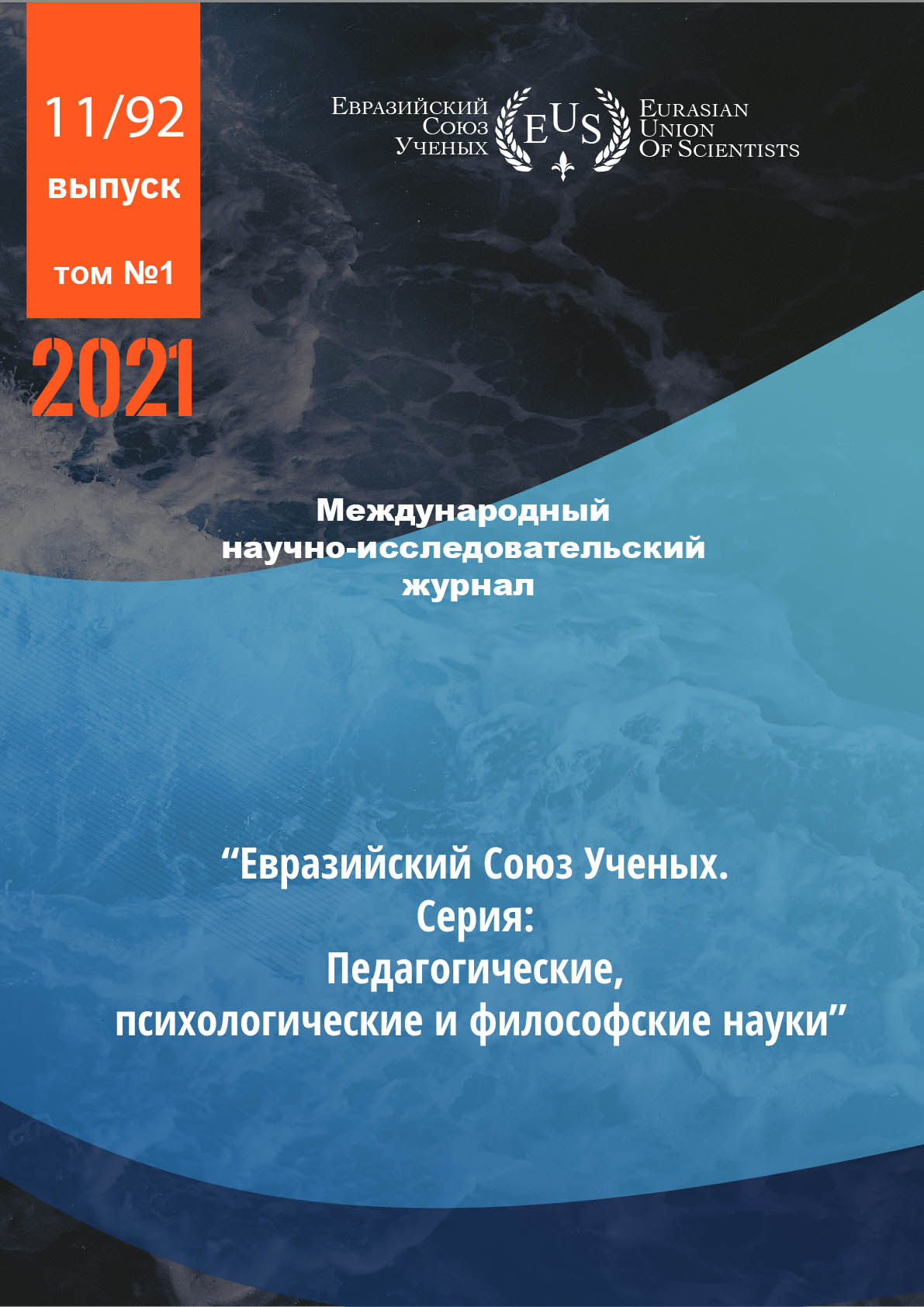COGNITIVE APPROACHES TO LANGUAGE LEARNING AND GRAMMAR INSTRUCTION
Abstract
This article presents a cognitive approach to foreign language teaching. An information processing model is important for grammar lesson. Therefore, this model is used to design a grammar lesson that improves grammatical knowledge of target language and enhance its acquisition. This approach can be used in both traditional and communicative classrooms.
References
A Cognitive Approach to Teaching English for Special Purposes (ESP) Natalya Davidko STUDIES ABOUT LANGUAGES. 2011. NO. 18
Marianne Celce-Murcia, Teaching English as a Second or Foreign Language, Heinle and Heinle Thomson Learning, 2001
http://discuss.cle.ust.hk/mediawiki/index.php?t itle=Cognitive_Approach_to_Language_Learning
https://www.teachingenglish.org.uk/article/input
https://ealstuff.wordpress.com/big-ideas-ofsla/information-processing-model/
CC BY-ND
A work licensed in this way allows the following:
1. The freedom to use and perform the work: The licensee must be allowed to make any use, private or public, of the work.
2. The freedom to study the work and apply the information: The licensee must be allowed to examine the work and to use the knowledge gained from the work in any way. The license may not, for example, restrict "reverse engineering."
2. The freedom to redistribute copies: Copies may be sold, swapped or given away for free, in the same form as the original.





